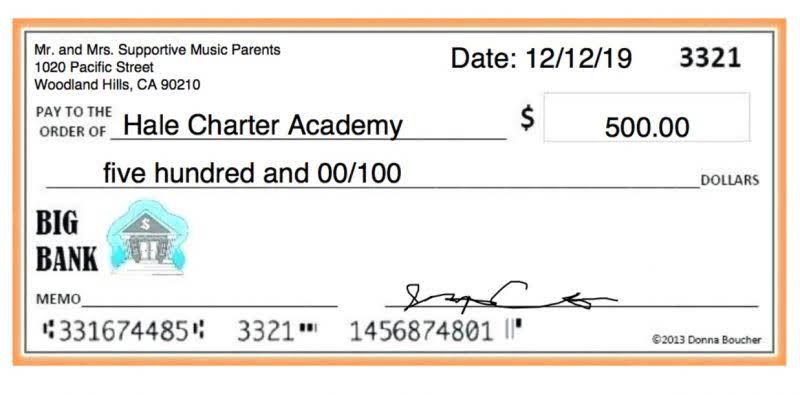Income Statement: How to Read and Use It
Content

The income statement accounts provide valuable insight into your business performance and help you make informed decisions that could impact business growth. Having detailed records of your non-operating expenses measured against operating expenses shows a clearer picture of your company’s performance. Knowing your operating expenses allows you to calculate your company’s operating expense ratio (OER), which helps you compare your expenses to income. With the OER, you can see how your business is fair compared to competitors in your industry. Thanks to cloud-based software, the days of jotting down your revenue and expenses in a physical ledger are over. These days, there are affordable, cloud-based accounting services for every size business.
How many account types are listed on the income statement?
There are five main account type categories that all transactions can fall into on a standard COA. These are asset accounts, liability accounts, equity accounts, revenue accounts, and expense accounts.
Finally, we arrive at the net income (or net loss), which is then divided by the weighted average shares outstanding to determine the Earnings Per Share (EPS). Earnings per share are computed by dividing the net income figure by the number of weighted average shares outstanding. With 7.55 billion outstanding shares for Microsoft, its Bookkeeping & Payroll Services at a Fixed Price 2021 EPS came to $8.12 per share ($61.27 billion ÷ 7.55 billion). With Walmart having 2.79 billion outstanding shares that fiscal year, its EPS came to $4.90 per share ($13.67 billion ÷ 2.79 billion). Harold Averkamp (CPA, MBA) has worked as a university accounting instructor, accountant, and consultant for more than 25 years.
Who uses an income statement?
Adding to income from operations is the difference of other revenues and other expenses. When combined with income from operations, this yields income before taxes. The final step is to deduct taxes, which finally produces the net income for the period measured. Understanding your income accounts gives insight into your business’s cash flow and financial health. Your income statement must be accurate for you to be able to assess your business’s financial performance. For small business owners who are focused on growing their enterprise, crafting and updating an income statement may be daunting.
It can also help you stay on top of cash flow, which is the lifeblood of all businesses. “The income statement reflects the income earned and expenses paid net of either profit or loss for a period,” Mitchell Freedman, a certified public accountant at MFAC Financial Advisors, told business.com. “If you are selling services or merchandise, this is the measurement of how the company is performing.”
What is an Income Statement?
Instead, they produce a similar statement that reflects funding sources compared against program expenses, administrative costs, and other operating commitments. This statement is commonly referred to as the statement of activities.[3] Revenues and expenses are further categorized in the statement of activities by the donor restrictions on the funds received and expended. It indicates how the revenues (also known as the “top line”) are transformed into the net income or net profit (the result after all revenues and expenses have been accounted for).
Businesses often have other expenses that are unique to their industry. It is common for companies to split out interest expense and interest income as a separate line item in the income statement. This is done in order to https://accounting-services.net/accounting-services-and-bookkeeping-services-2/ reconcile the difference between EBIT and EBT. Depreciation and amortization are non-cash expenses that are created by accountants to spread out the cost of capital assets such as Property, Plant, and Equipment (PP&E).
Earnings per share
If you don’t have a background in accounting or finance, these terms may seem daunting at first, but reading and analyzing financial statements remains a requisite skill for business owners and executives. Income statements are among the most important financial statements small business owners should maintain. But if you make a lot of mistakes, it could paint an inaccurate picture of how your business is performing – which is why it’s important to follow these three best practices when creating your income statement. This type of income statement is simple to understand and easy to prepare, which is why it’s commonly used by small businesses and sole proprietors that don’t have several different sales lines. Companies that sell goods and services may opt to use the multistep income statement. The statement is divided into time periods that logically follow the company’s operations.

“Having someone set it up consistent with the industry they are operating in allows them to compare and benchmark it” against rivals, he said. In general, all revenue and expense accounts are recognized in the face of financial statement… A comparison of the line items indicates that Walmart did not spend anything on R&D and had higher SG&A and total operating expenses than Microsoft. The first section, titled Revenue, indicates that Microsoft’s gross (annual) profit, or gross margin, for the fiscal year ending June 30, 2021, was $115.86 billion. It was arrived at by deducting the cost of revenue ($52.23 billion) from the total revenue ($168.09 billion) realized by the technology giant during this fiscal year.
Non-Operating Revenue
An income statement showing net profit or loss is also called a profit and loss statement. It may also present basic and diluted earnings per share (EPS) and weighted shares outstanding for a corporation with shareholders. A single-step income statement, on the other hand, is a little more straightforward. It adds up your total revenue then subtracts your total expenses to get your net income. Small businesses typically start producing income statements when a bank or investor wants to review the financial performance of their business to see how profitable they are.
- Jason holds a BBA from Simon Fraser University and is a designated CPA.
- Businesses often have other expenses that are unique to their industry.
- Add in the cash flow statement and you’ll have a full picture of your business’s financial health.
- They are usually not produced from the company’s primary business activity, nor are they expected regularly.
- This type of income statement is simple to understand and easy to prepare, which is why it’s commonly used by small businesses and sole proprietors that don’t have several different sales lines.
- All non-owner changes in equity (i.e., comprehensive income) shall be presented either in the statement of comprehensive income or in a separate income statement and a statement of comprehensive income.
- While not present in all income statements, EBITDA stands for Earnings before Interest, Tax, Depreciation, and Amortization.
